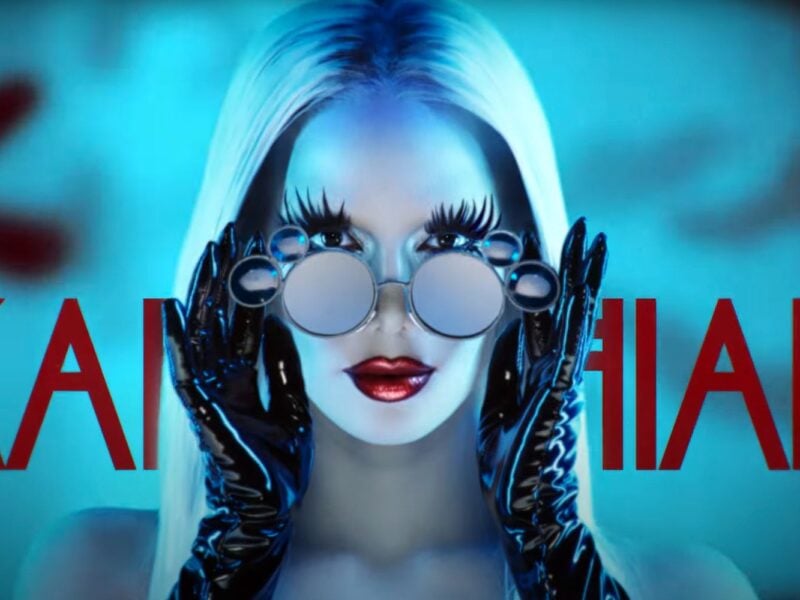
Horror movie trope inspirations for ‘American Horror Story: 1984’
The ninth season of Ryan Murphy and Brad Falchuk’s American Horror Story is arguably the most ambitious installment from FX yet: AHS: 1984 is the meta, multilayered approach to revisionist horror that fans didn’t know they needed.
The season alludes to several cinematic properties (something we’ve now become accustomed to over the years with the anthology show) and bloody shades of landmark slasher fare like Friday the 13th, Halloween, Sleepaway Camp, and I Know What You Did Last Summer. It’s a scream, baby!
It’s 1984, and when the meek Brooke (Emma Roberts playing against type) barely survives an attack by the Night Stalker (Zach Villa), she gladly accepts an invitation from pretentious aerobics instructor Xaviar (Cody Fern) to spend the summer working as a counsellor at the recently reopened Camp Redwood.

Of course, Brooke’s arrival at the camp coincides with the escape of lunatic Mr. Jingles (John Carroll Lynch), a psychopath responsible for multiple murders years earlier. Further complicating matters is the reappearance of 80s serial killer Richard Ramirez, hell-bent on finishing what he started back in Los Angeles.
Before you can say “I’ll be right back”, Brooke and her fellow counsellors find themselves under siege by two bloodthirsty serial killers at Camp Redwood. Who will be left and what will be left of them?
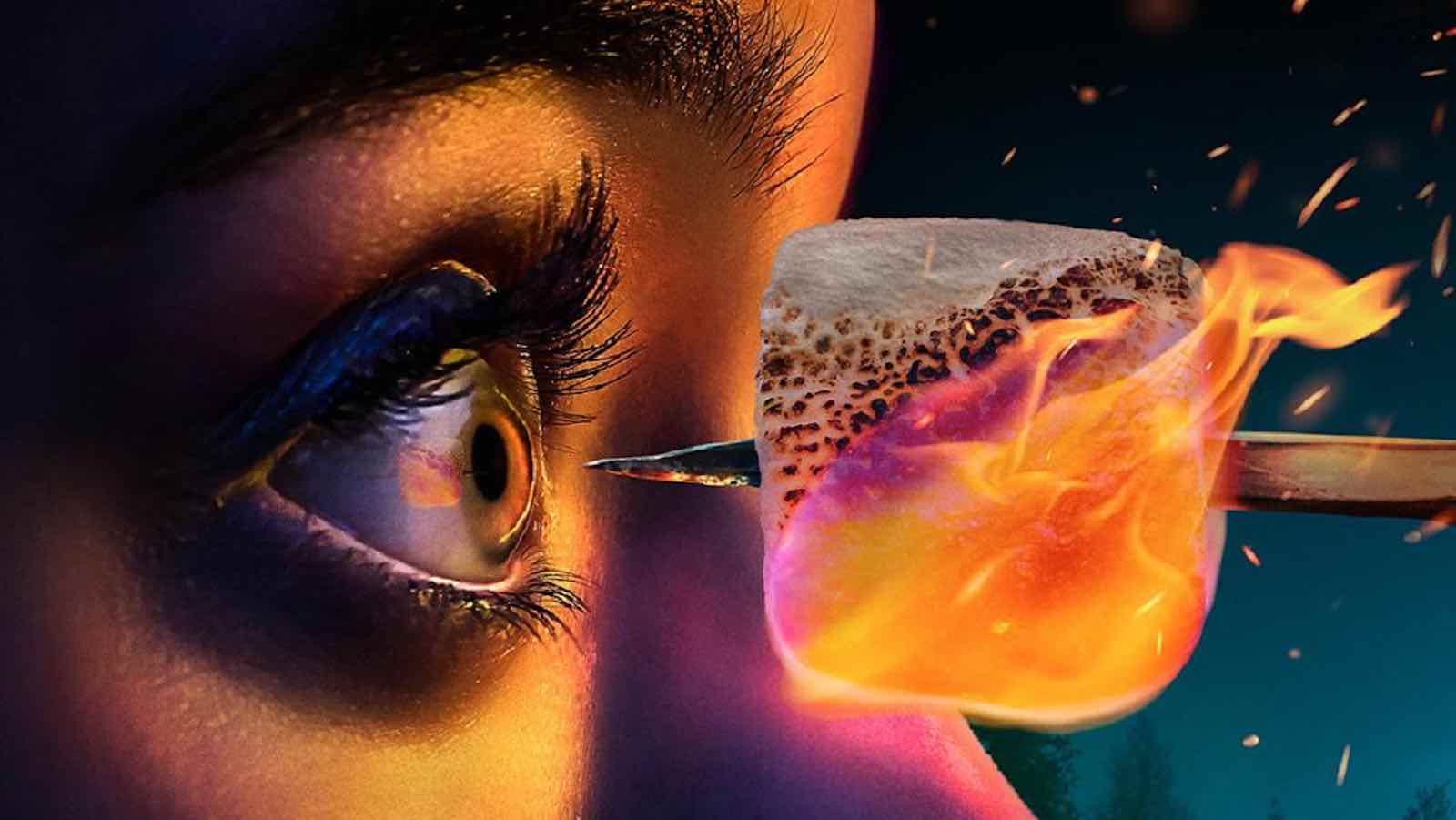
It wouldn’t be American Horror Story without a ruthless excavation of horror cinema’s history: subverting genre tropes, upending conventions, and the core group of characters this season definitely meet the criteria of archetypes in the slasher subgenre.
There are even echoes of classic horror film caricatures in their DNA, which raises the question: who inspired Brooke, Chet, Montana and Margaret Booth? Below, we take a stab at working out which of the genre’s famous victims inspired American Horror Story: 1984’s new ones.

Brooke
Archetype: Final Girl
Emma Roberts’s Brooke has all the defining characteristics of a Final Girl: virginal and sweet with a tragic backstory and briefly glimpsed steel core. With Brooke, the creators are taking their narrative cues from Friday the 13th’s Alice Hardy, Halloween’s Laurie Strode, and A Nightmare on Elm Street’s Nancy Thompson.
However, Brooke also shares similarities with other modern horror heroines like Sydney Prescott in Wes Craven’s postmodern Scream franchise and Jennifer Love Hewitt’s Julie in I Know What You Did Last Summer. AHS: 1984 could have a sting-in-the-tale twist at the midway point (it’s a simulation, or hell, or a movie-within-a-movie) or have a huge time-jump and need to cast another actress to play an older, battle-hardened Brooke (for example, Jamie Lee Curtis) – if she survives, that is.
Most similar to: Laurie Strode with Nancy Thompson’s dress sense

Montana
Archetype: Girl in Peril
Billie Lourd’s Montana is AHS: 1984’s designated Girl in Peril. She has kohl on her eyes, wild blonde hair, wears leopard print, is sexually voracious, and her cleavage is exposed. In a slasher flick, she’d be first on the chopping block. That sort of image (blonde, distraught, plunging neckline) is typical of women in this subgenre.
But let’s be honest: the woman in that image was a man’s incarnation of a fantasy female, and things have evolved considerably in pop culture since the eighties. So don’t lower your expectations just yet. The Girl in Peril could still make the transition to either a faux-Final Girl or chief (now that we know she’s an accomplice – or is she?) to Richard’s suave killer.
Most similar to: Montana is an amalgamation of Return of the Living Dead 2’s Lucy Wilson and Scream 4’s Jill.
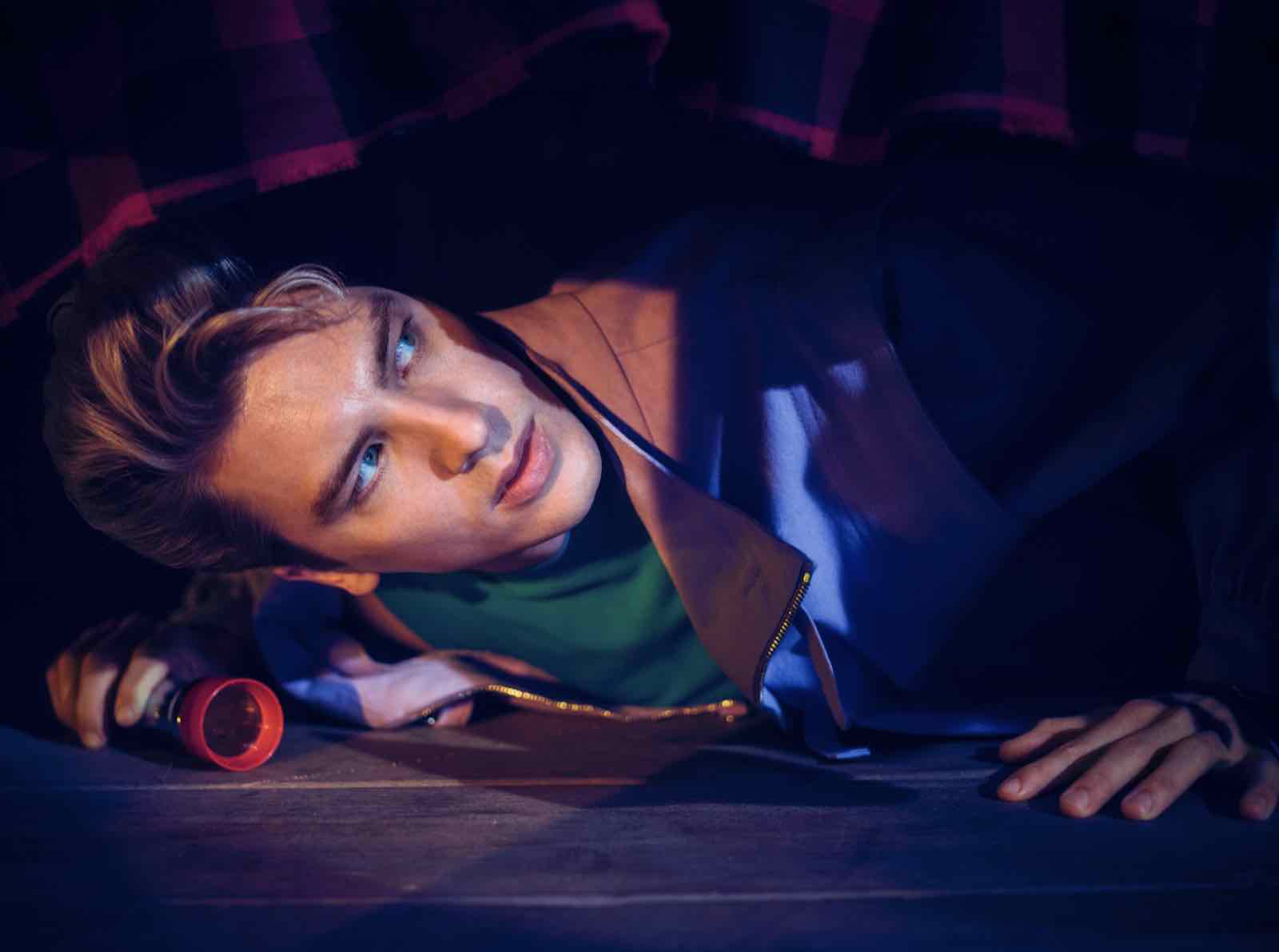
Xavier
Archetype: Final Boy
Xavier is Jesse from A Nightmare on Elm Street 2: Freddy’s Revenge. The unabashedly queer-themed and critically maligned second outing for Freddy Krueger centers on Mark Patton’s disco-dancing closeted new kid on the chopping block Jessie.
In Jack Sholder’s sequel to Wes Craven’s classic, the razor-fingered ghoul literally wants to inhabit the skin of teenager Jesse, whose folks have purchased Nancy Thompson’s old place on Elm Street. (Its realtor obviously didn’t give them the heads up on the area’s teen mortality rate.)
A Nightmare on Elm Street 2 is part possession yarn, part high-body count followup, and a queer theorist’s wet dream, considerable copy having been written about its homoerotic undertones over the years. Xavier would’ve fit right in on Elm Street.
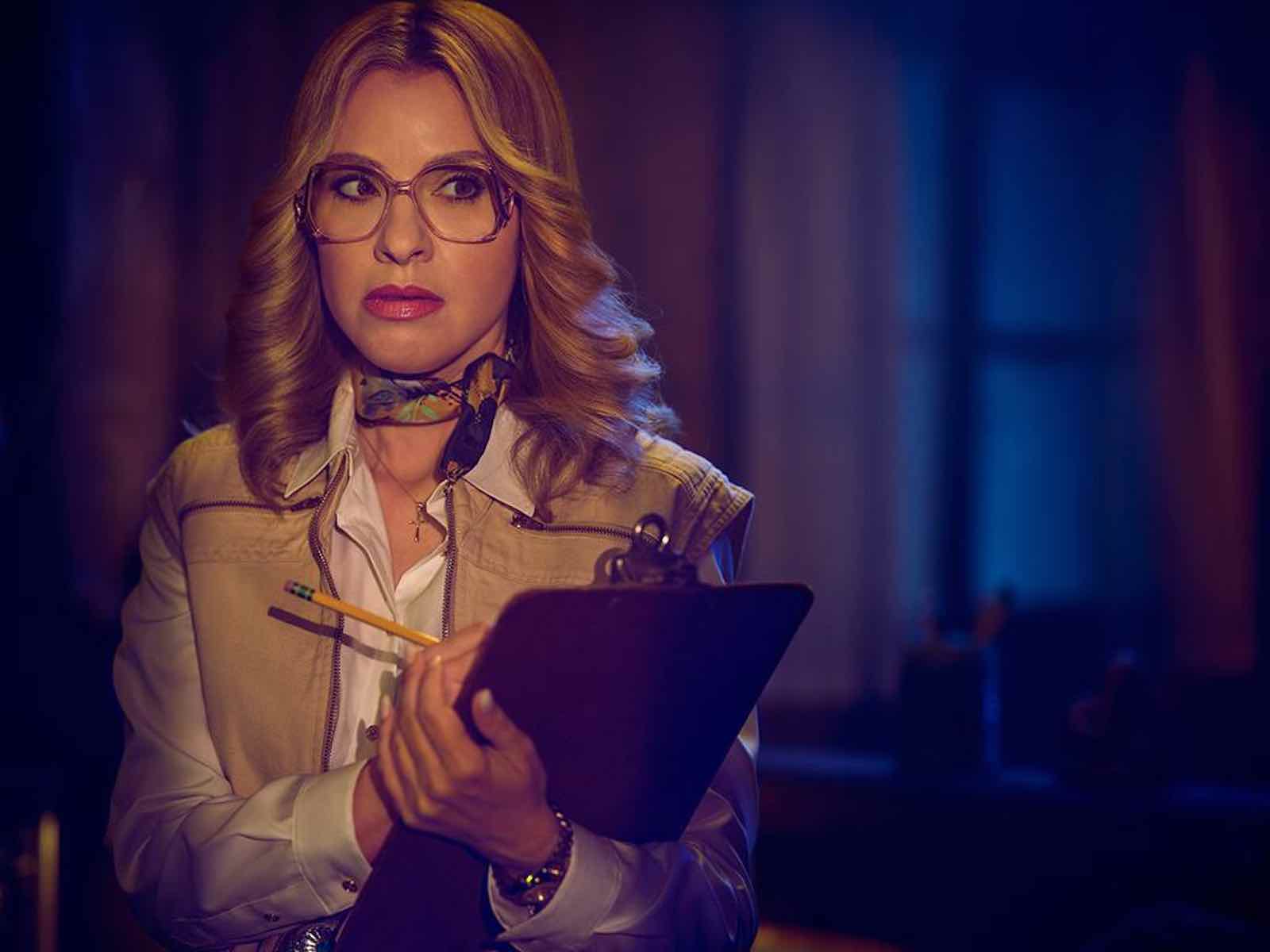
Margaret Booth
Archetype: Unknown
Nothing good can ever come from accepting a camp counselling gig from an eccentric God-botherer who resides in a cabin in the woods in the middle of nowhere. Leslie Grossman’s prissy proprietor of Camp Redwood is also the sole survivor of a massacre that took place years ago.
Independently wealthy and determined not to let fear dictate her every move, Margaret has decided to reopen Camp Redwood and restore it to its former glory. But was she a victim of Mr. Jingles – or a participant in the slaughter? We’ve already witnessed how cosy she’s getting with the Night Stalker, so who knows?
Most similar to: The most obvious comparison to a classic character is Friday the 13th’s Mrs. Voorhees or Carrie White’s mother from Carrie.

Rita
Archetype: Unknown
Angelica Ross’s Rita the Nurse is by far the most mysterious of Margaret Booth’s summer staff, and fans are still trying to figure out what exactly her endgame might be. Did she orchestrate Mr. Jingles’s escape by herself, or is she working for somebody else?
Adina Porter was credited as a supporting character in American Horror Story: Roanoke, and one of the biggest surprises that season was Lee Harris emerging as Final Girl in the Roanoke storyline.
Porter was a revelation as the tough, compassionate, and occasionally calculating former cop: a woman in the middle of a vicious custody battle with her husband Mason that lost everything when she succumbed to drug addiction after being shot. She fights off the Butcher (Katie Bates) and retains her sanity amidst multiple murders, the slippery slope of sobriety, her child’s abduction, the death of a sibling, and demonic possession.

For American Horror Story to feature an older woman of color in a prominent and provocative role was pretty progressive and pretty awesome. It helps that the character was so well written. A competent and resourceful heroine who thankfully didn’t meet any of the criteria of a traditional Final Girl, Lee was a multifaceted character with real agency. Is the AHS writers room planning something similar for Angelica?
Most similar to: She’s Brandy from I Still Know What You Did Last Summer reimagined by John Waters.

Ray
Archetype: The Fool
So far, AHS: 1984 has adhered a little too closely to slasher movie conventions, and with Ray, this is worrying. From the core group of primary characters, Ray was the first to lose his head (figuratively speaking) and then lose his head (literally speaking) at the business end of Mr. Jingles’s axe.
First, we learn Angelica Ross’s Rita (Donna), a black transgender woman (who is playing a cis character, I think) has an evil agenda. (Let’s hope they are not channelling Sleepaway Camp.) Following this revelation, the only man of color dies first!
Over the years, American Horror Story has explored race relations, feminism, and homosexuality, and celebrated what society has “othered”. Far too many horror films have relied on this trope, and its unlikely Murphy & Falchuk would take such a massive step backwards. That leads us to believe AHS: 1984 is either borrowing a concept from The Truman Show or utilizing the movie-within-a-movie staple.
Most similar to: Because both tried to run, we’re going to say Rod Lane from A Nightmare on Elm Street.
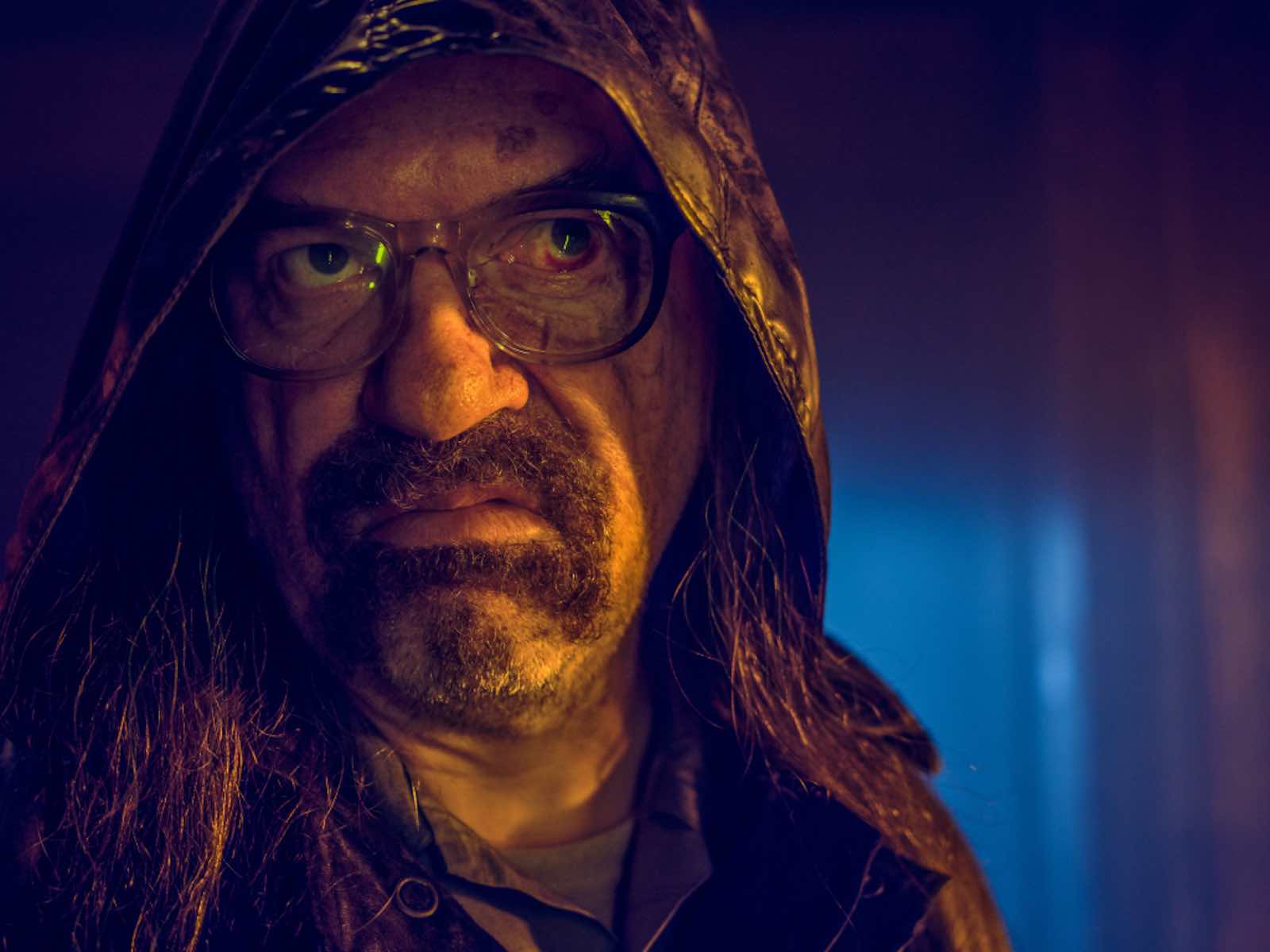
Mr. Jingles
Archetype: Killer
John Carroll Lynch played the fan favorite Twisty the Clown in American Horror Story: Freak Show. Later he reprised the role for Cult and is making a posthumous appearance as serial killer John Wayne Gacy in Hotel.
In AHS: 1984 Lynch plays Benjamin Richter, a war vet incarcerated following a massacre at Camp Redwood. Richter escapes (with the help of a friend) over a decade later to exact gruesome revenge on Margaret Booth. Mr. Jingles will be recognizable to anyone who’s seen a stalk-and-flash movie: a dead-eyed, hulking lunatic with a penchant for carving people up and keeping specific body parts as souvenirs.
Most similar to: Equal parts Leatherface & Maniac Cop






